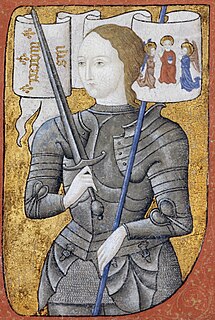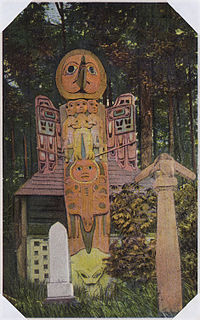 W
WThe Evil Queen, also called the Wicked Queen, is a fictional character and the main antagonist of "Snow White", a German fairy tale recorded by the Brothers Grimm; similar stories are also known to exist in other countries. Other versions of the Queen appear in "Snow White" derivative works, and the character has also become an archetype for unrelated works of fiction.
 W
WA hero is a real person or a main fictional character who, in the face of danger, combats adversity through feats of ingenuity, courage, or strength. Like other formerly solely gender-specific terms, hero is often used to refer to any gender, though heroine only refers to women. The original hero type of classical epics did such things for the sake of glory and honor. Post-classical and modern heroes, on the other hand, perform great deeds or selfless acts for the common good instead of the classical goal of wealth, pride, and fame. The antonym of hero is villain. Other terms associated with the concept of hero may include good guy or white hat.
 W
WJungian archetypes are defined as universal, primal symbols and images that derive from the collective unconscious, as proposed by Carl Jung. They are the psychic counterpart of instinct. It is described as a kind of innate unspecific knowledge, derived from the sum total of human history, which prefigures and directs conscious behavior. They are underlying base forms, or the archetypes-as-such, from which emerge images and motifs such as the mother, the child, the trickster, and the flood among others. History, culture, and personal context shape these manifest representations thereby giving them their specific content. These images and motifs are more precisely called archetypal images. However, it is common for the term archetype to be used interchangeably to refer to both the base archetypes-as-such and the culturally specific archetypal images.
 W
WLa belle juive is a recurrent motif with archetypal significance in art and literature, most prevalent in 19th-century Romantic European literature. The belle juive is commonly portrayed as a lone, young and beautiful Jewish woman in a predominantly Christian world.
 W
WLucifer and Prometheus is a work of psychological literary criticism written by R.J. Zwi Werblowsky and published in 1952. In it, Werblowsky argues that the Satan of John Milton's Paradise Lost became a disproportionately appealing character because of attributes he shares with the Greek Titan Prometheus. It has been called "most illuminating" for its historical and typological perspective on Milton's Satan as embodying both positive and negative values. The book has also been significant in pointing out the essential ambiguity of Prometheus and his dual Christ-like/Satanic nature as developed in the Christian tradition.
 W
WRaven Tales are the traditional human and animal creation stories of the indigenous peoples of the Pacific Northwest Coast. They are also found among Athabaskan-speaking peoples and others. Raven stories exist in nearly all of the First Nations throughout the region but are most prominent in the tales of the Tlingit and Tahltan people.
 W
WIn mythology and the study of folklore and religion, a trickster is a character in a story who exhibits a great degree of intellect or secret knowledge and uses it to play tricks or otherwise disobey normal rules and defy conventional behavior.
 W
WA villain is a stock character, whether based on a historical narrative or one of literary fiction. Random House Unabridged Dictionary defines such a character as "a cruelly malicious person who is involved in or devoted to wickedness or crime; scoundrel; or a character in a play, novel, or the like, who constitutes an important evil agency in the plot". The antonym of a villain is a hero.